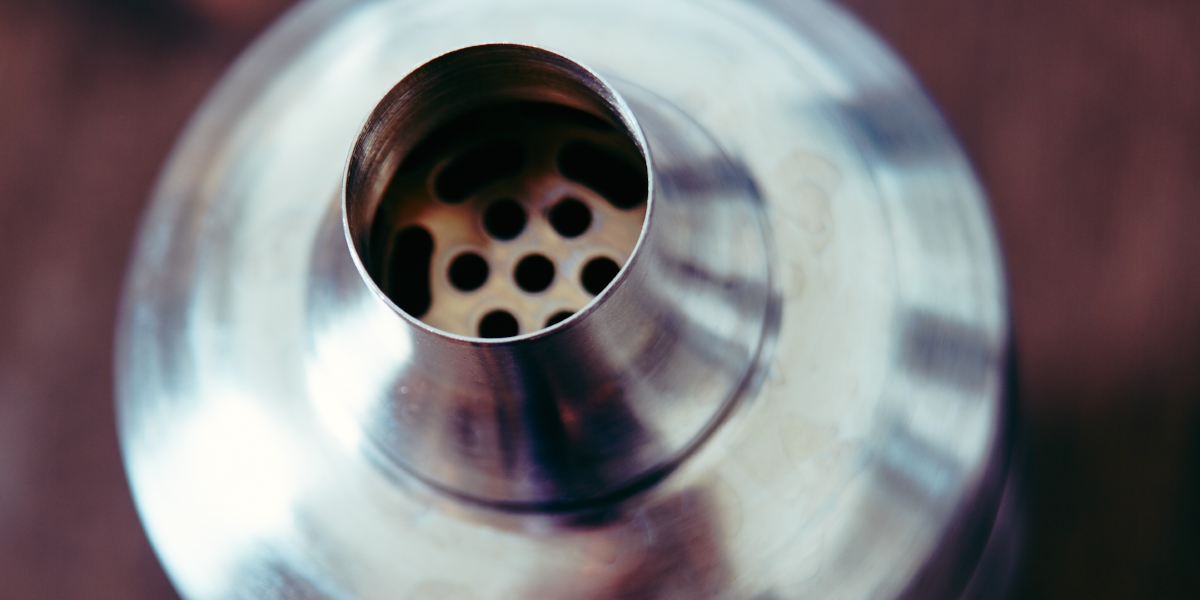Bay leaves release their rich savory flavor slowly so add them to long-simmering soups, stews, pot roast, tomato sauce and slow cooker recipes.
WHAT IS BAY LEAF?
The botanical name of the bay leaf has a touch of grandeur: Laurus nobilis. Perhaps that’s why the Romans fashioned the deep green leaves into crowns to honor the earliest Olympic champions. Bay leaves, also called bay laurel, are still a symbol of highest achievement. Think of the honor of being called a “poet laureate” or “Nobel laureate.” In other cultures, bay leaves have a long reputation for protecting against lightning, witchcraft and evil. But we think their real usefulness is in the kitchen, lending a warm undertone to soups, stews and sauces.
The bay leaf is a sturdy herb that benefits from long cooking. It’s best when boiled, simmered, stewed, or steeped. That’s when the bay leaf’s delicate flavor and subtle aroma really shine. We find that the bay leaf adds an unmistakable and comforting background note to almost any slow-cooked dish.
CAN YOU EAT BAY LEAVES?
Bay leaves can technically be eaten but are usually not consumed. They are a stiff leathery leaf that do not soften with cooking. Most recipes suggest using them whole and then removing them before serving the dish. Bay leaves add a subtle depth of flavor and are usually used as a supporting herb.
WHAT ARE BAY LEAVES USED FOR?
Many cuisines, including Greek, French and Indian, depend on the bay leaf for its ability to transform simple ingredients. From risotto to mole to tomato sauce to simmered beans, bay leaves bring depth and complexity.
You might not expect to encounter bay leaves at your local bar. Yet modern mixologists are creating unusual cocktails infused with the flavor of bay leaf. Imagine sipping a drink of mango juice, orange vodka and blueberry liqueur with a bay leaf lending its herbal, tea-like flavor. Happy hour, here we come!
WHAT DO BAY LEAVES DO? HOW TO USE BAY LEAVES?
We love using bay leaves to brighten the flavor of starchy ingredients. Add the leaves to the boiling water when you cook potatoes and your mashed potatoes will be extra delicious. Same with dried beans. A few bay leaves, peppercorns and chili flakes in the cooking water will work wonders. Rice is another good candidate. Bay leaves give it depth of flavor. Just remember to remove the leaf before serving.
Marinades for most any beef, pork or poultry dish will benefit from the addition of a bay leaf. We like how it rounds out the flavors of other herbs. To marinate beef, for instance, combine a bay leaf with dried thyme and rosemary, plus olive oil, black pepper, and a splash of red wine. Let it sit for an hour and then grill or roast.
Bay leaves are a surprisingly good accompaniment to seafood. Add a leaf or two, a few lemon slices and a sprinkling of celery seed to the water the next time you steam shrimp. The same goes for seafood soup. Classic Italian fish soups and stews often include a bay leaf with parsley flakes, thyme, and a hint of crushed red pepper.
BAY LEAF SUBSTITUTES
If you don’t have bay leaves on hand, what makes a good substitute? One of the best substitutes we’ve found for bay leaves is a pinch of poultry seasoning. It offers some of the same earthiness and complexity of flavor. When added to recipes that call for a bay leaf, poultry seasoning will retreat into the background as the dish cooks and lend a delicious touch. Fresh California bay leaves are not a recommended substitute for dried bay leaves. They have a menthol-like aroma that may overpower some recipes.
BAY LEAF STORAGE
Keep dried bay leaves in an airtight jar like all herbs and spices away from heat and moisture. We recommend a spice cabinet that is away from the sink, stove and not facing direct sunlight. When properly stored, dried bay leaves can last up to 2 years, but we recommend to always check the best use date.
FLAVORS THAT GO WITH BAY LEAVES:
Bay Leaves pairs nicely with these herbs and spices. Try them together the next time you're in the kitchen cooking something up for lunch or dinner.
- Rosemary: Aromatic rosemary adds distinctive Mediterranean flavor to grilled lamb, roast chicken, tomato sauce, roasted vegetables and potatoes.
- Basil: Sweet and fragrant basil complements tomato-based dishes including pizza, pasta and marinara sauce. It also pairs well with vegetable, chicken, pork or seafood.
- Oregano: Meet oregano, a robust herb that comes in whole leaves or ground up, giving meals a peppery bite and a sweet, minty aroma. In Greek, oregano means “joy of the mountain." Even though it's super popular today, it actually wasn't wasn’t widely used in the U.S. until GIs returned from Italy during World War II. Our pure oregano is a delicious addition to any tomato dish, eggs and omelets, chicken, fish and pork, cooked vegetables, vinaigrettes and more. Consider it your go-to herb for that real Mediterranean flavor.
- Black Pepper: Our pure black pepper is the most widely used seasoning on Earth. It delivers a mild kick of heat that highlights rather than overwhelms other flavors. Native to the Malabar Coast of India, McCormick Black Pepper comes from the mature berries of the evergreen vine Piper nigrum. From plantation to package, we monitor the process every step of the way to ensure that every bottle delivers consistent sharp aroma and earthy flavor. In ancient times, peppercorns were rare and valuable. They were used as currency to pay dowries and even rent. Although no longer used as money, pure black pepper is still one of the world’s most valued and beloved spices in all types of food.
- Thyme: Cultures all over the world look to thyme as a great source for its unmistakable, fresh aroma. One of the highest compliments to pay a Greek warrior, for instance, was to say he smelled of thyme. And in the Middle Ages, thyme was used to fend off nightmares. Today, our pure thyme holds its greatest place of honor in the kitchen as one of our most popular herbs.
GRAB YOUR BAY LEAVES PRODUCTS!
AND TRY THESE RECIPES THAT USE BAY LEAVES:
- Old Bay Clam Chowder
- Easy Lemon Couscous
- Lemon Bay Leaf Iced Tea
- Slow Cooker Cranberry Sauce
- Pear Upside Down Cake With Bay Leaf Glaze
- Beef Stew
- Brined Turkey
- Corn and Crab Chowder
- Savory Herb Roasted Turkey
- Slow Cooker Mashed Potatoes
- Hearty Beef and Mushroom Stew
- Corn and Potato Chowder
- Red Pozole
LEARN MORE ABOUT SPICES & HERBS
- 5 (Almost) Magical Spice Pairings You Need To Try Right Now
- Tips & Tricks for Organizing Your Spice Cabinet
- How Long Do Spices Last?
TRY SOME OF OUR FAVORITE CUISINES:
Want to create a meal plan for your bay leaves recipes? Need help planning your weekly meals and want to try new recipes? Save your favorite food, dessert, drink recipes and organize your ingredients with McCormick Meal Planner.







